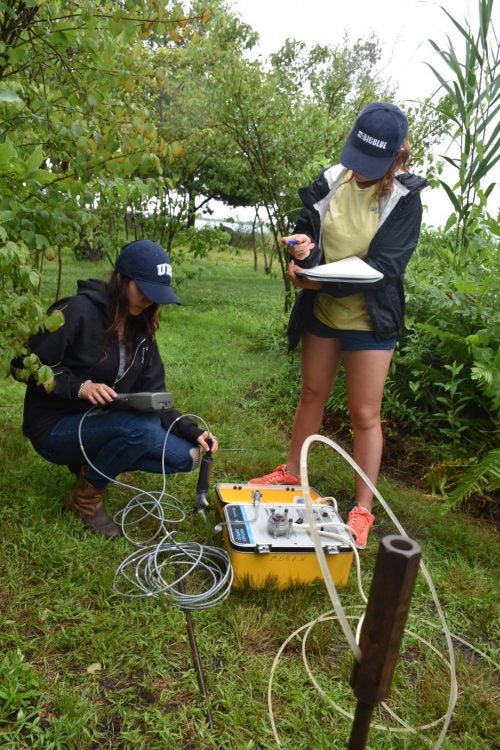Southern Ocean: Biogeochemistry Then and Now
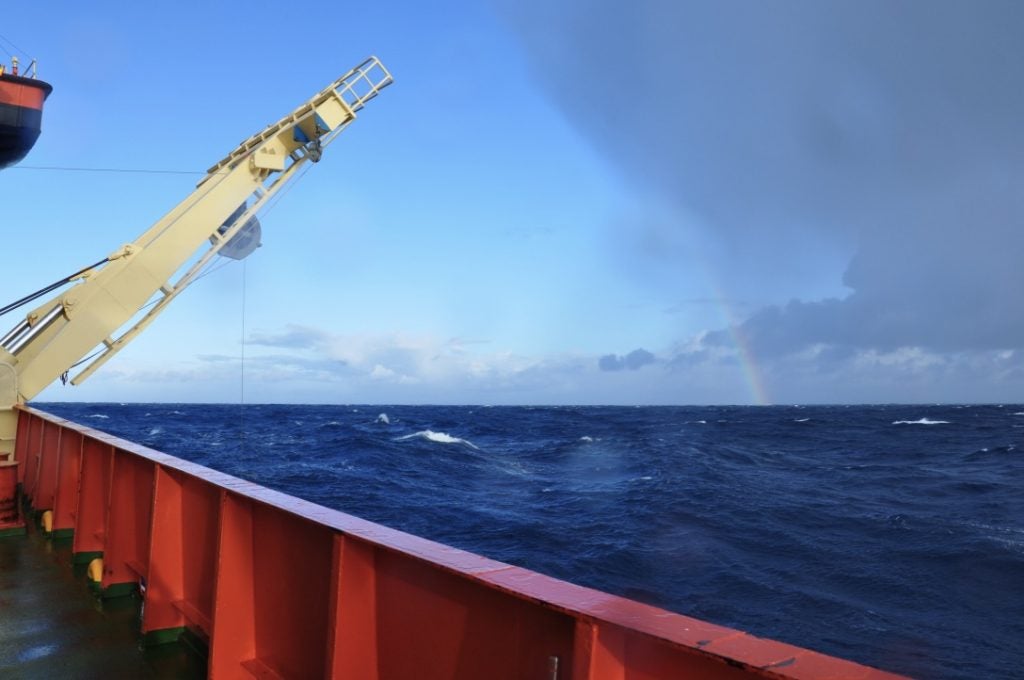
The Southern Ocean plays an outsized role in the Earth’s carbon cycle and climate system. Southern Ocean based research in the Biogeochemistry and Paleoceanography Lab focuses on evaluating surface ocean nutrient dynamics, how they are recorded by sedimenting particles, and how the system has varied in the past. Our goals are to reconstruct surface ocean conditions, to identify linkages to physical and biological processes globally, and use them to improve our understanding of climate and nutrient distribution changes, globally.
Modern Investigations: Constraining how the nitrogen isotopic signature of surface processes are recorded, preserved, and transformed during sinking and sedimentation.
- Latitudinal transect observations of dissolved and particulate nitrogen to track how nutrient uptake signatures are incorporated into particles
- Vertical profiles of particulate matter to trace the signal into the sediments
- Diatom grow-outs to study how the signature is recorded in natural and model systems, examining variability between communities and species, respectively. (Spotlight on Colin Jones)
- Examining the potential role of diatom resting spores to bias nutrient reconstructions using laboratory cultures. (Spotlight on Isabel Dove)
⇒ Much of this work was conducted in collaboration with the Brzezinski Laboratory at UCSB and the Reisselman Laboratory at U Otago.
◈ Past and present funding for this work is from NSF-PLR and NSF-MGG.
For more information: https://www.snowbirdstransect.org/
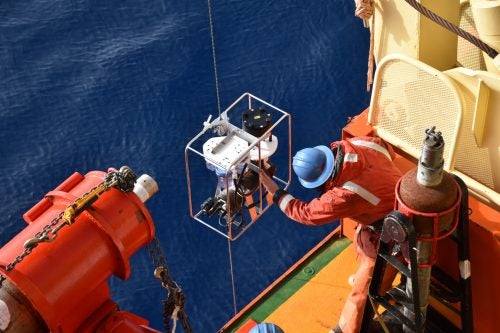
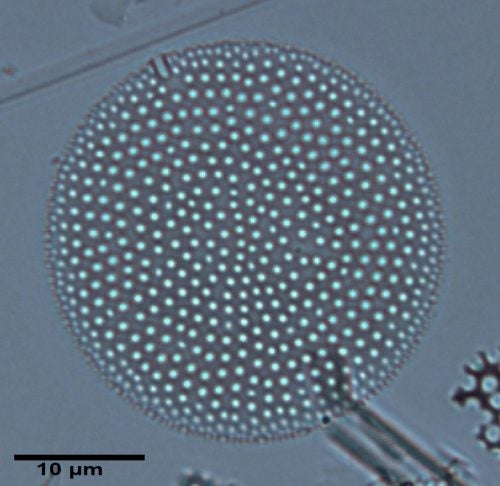
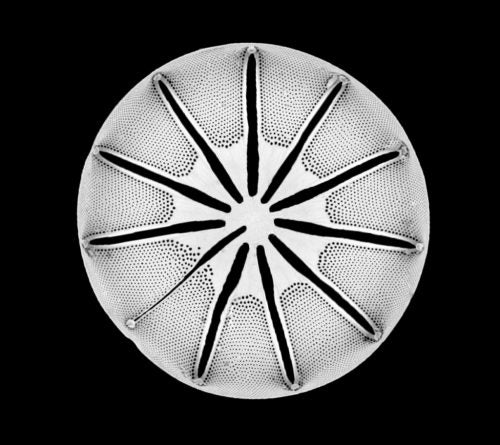
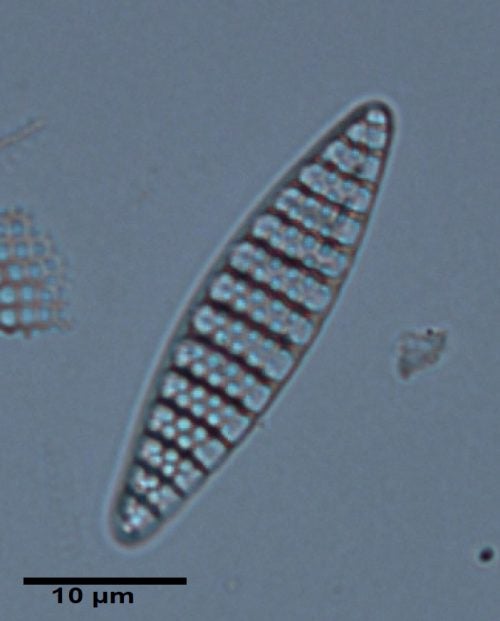
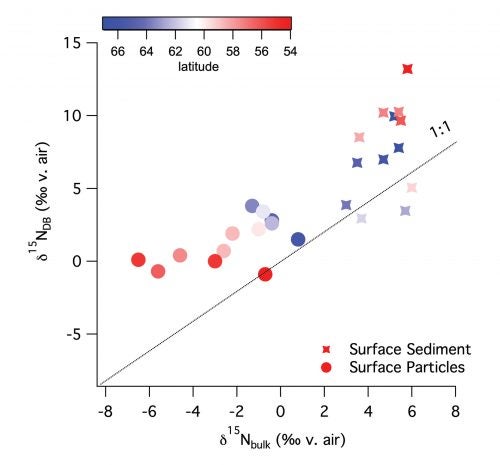
What is the spatial variability of nutrient consumption and role of the biological pump around the Southern Ocean?
- What are the respective roles of nutrient supply and physical overturning and nutrient demand related to iron fertilization in driving glacial-interglacial CO2 change?
- From the vantage point of the Subtropical Front south of Africa: how has the Southern Ocean expanded and contracted over the last 1.5 Ma? (spotlight on GS Basia Marcks)
- How has nutrient supply, via CDW, varied on the Antarctic Peninsula during the Holocene? (Spotlight on GS Colin Jones, with support from IODP Schlanger Fellowship)
⇒ In collaboration with the Brzezinski Laboratory at UCSB and the Burke Laboratory at University of Notre Dame.
◈ Funding for this work from NSF-PLR and NSF-MGG and USSSP-IODP Exp. 361.
Low latitude and margin biogeochemistry

The low latitudes tend to be nutrient poor and they rely on the supply of nutrients in the subsurface from high latitudes and the delivery of these nutrients to the surface ocean via mixing and upwelling processes. Oxygen also enters the subsurface at high latitudes and is consumed by the products of this low latitude production. We investigate the nutrient supply and demand processes and their interactions with the global distribution of oxygen in the ocean.
What are the roles of nutrient and oxygen delivery and upwelling in regulating large scale changes in biological production and oxygen demand in the low latitudes?
- Did high latitude nutrient supply regulate export production in the eastern equatorial Pacific over the last 3 Ma?
- What are the respective roles for oxygen supply from high altitudes versus oxygen regional oxygen demand in regulating variations in water column denitrification in the eastern tropical Pacific?
⇒ In collaboration with Philippe Martinez and Johan Etourneau (U Bordeaux); JR100.
◈ Funding for this work from NSF-MGG.
Coastal Biogeochemistry
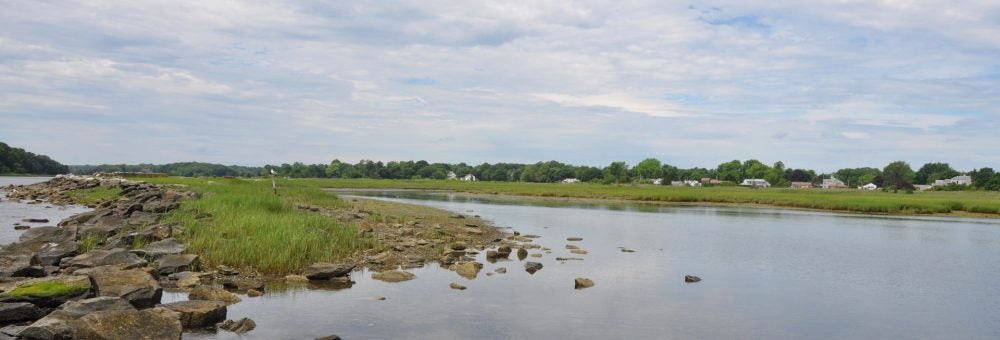
Nitrogen additions from human activities have dramatically altered the chemistry and ecology of coastal systems. Our work seeks to identify the key pathways of nitrogen addition and trace the impacts throughout Narragansett Bay and into the nearshore shelf waters.
- Are distinct nitrogen sources to coastal systems traceable using stable nitrogen isotopes and what other processes are acting to erase these signatures?
- What is the role of hypoxia in regulating benthic nutrient fluxes?
⇒ In collaboration with Jenkins Lab at URI-CELS.
- What is the magnitude and distribution of groundwater nutrient inputs to Narragansett Bay?
- Southern Rhode Island salt ponds
- Greenwich Bay
⇒ In collaboration with King, Hashemi, Pradhanang Labs at URI and Peterson and Viso Labs at Coastal Carolina University.
◈ Funding for this work from RI Sea Grant, EPA-SNEP Watershed Grants, and RI C-AIM (NSF).
